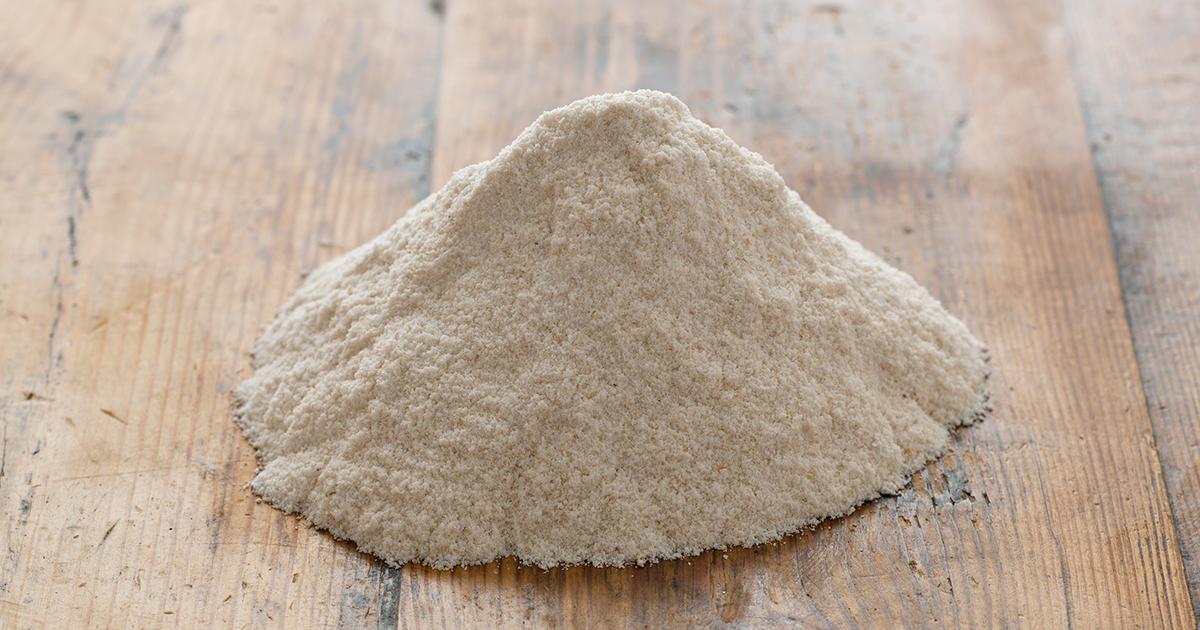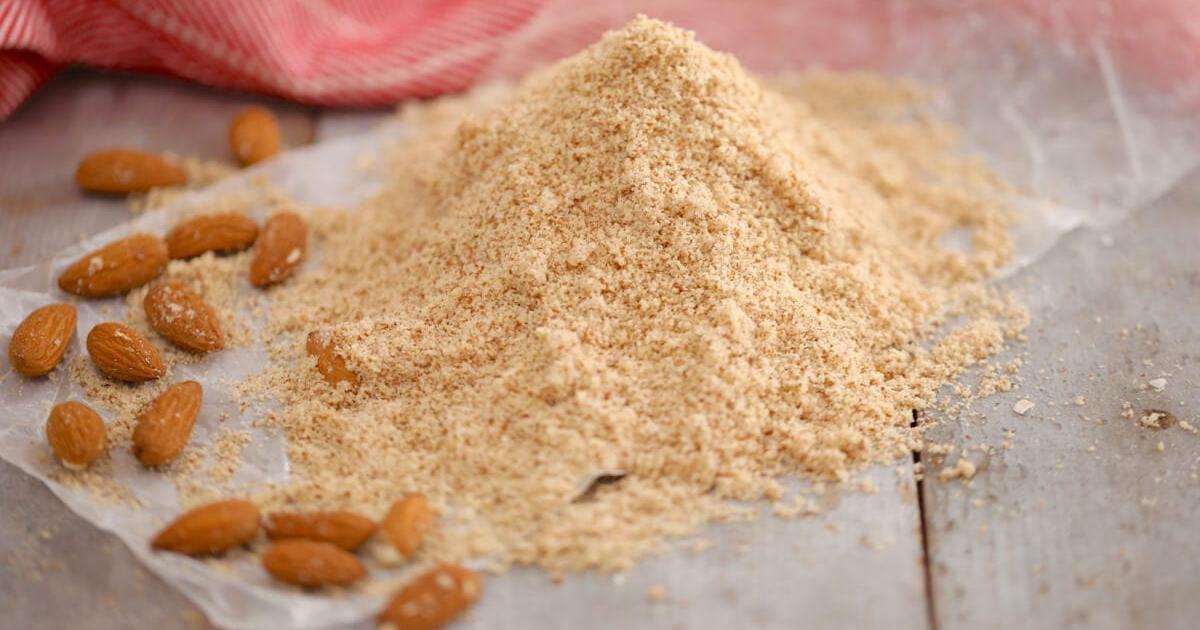Guide To Healthy Traditional Flour Alternatives
All-purpose white flour is a staple in most kitchens, but individuals with dietary restrictions or certain allergies require healthy flour alternatives for their cooking and baking needs. Self-rising white flour is frequently used for cooking and baking because of its ability to create the best consistency, but healthier options are available. White flour is made from whole wheat grains, but it doesn't provide any nutritional benefits. Healthier alternative flours that can produce a similar consistency can be found in many major supermarkets. Additionally, substituting a variety of flours can be healthier because they can supplement an individual's nutritional intake. They can also add different flavors and textures to meals and desserts. Alternative flours work better for certain cooking needs, and some were created specifically for individuals with certain food allergies or intolerances.
Get to know the healthy alternatives to traditional all-purpose white flour now.
Almond Flour
Nut flours, one of the most common being almond flour, are delicious and versatile substitutes for wheat flour. Almond flour is made by blanching almonds and then grinding them into a fine powder. It's a gluten-free option and contains more fiber, vitamin E, protein, and healthy fats than white flour. Other benefits of this choice include its unique flavor and many uses. It can be used in just about any dessert that doesn’t require rising during the baking process. This type of flour can be used as an addition to baked goods that require rising, but individuals will have to add other flour types to provide structure, though they can also use eggs for this purpose. A leavening agent may also be necessary to achieve the desired result. Baked goods like cakes, cookies, muffins, pie crusts, and loaves of bread can all be complemented by adding a bit of this flavorful flour. Almond flour can also be used as a substitute for bread crumbs because its coarse consistency can produce a very crispy texture when making fried foods like meatballs or breaded chicken.
Uncover more healthy alternatives to traditional flour now.
Brown Rice Flour

Brown rice flour is a gluten-free flour made from whole grain brown rice. The flour making process involves the removal of the outer covering of the rice, but it leaves the nutritious bran layers intact. The texture is similar to white flour, but it offers more fiber, B vitamins, iron, and manganese. Brown rice flour has a mild, nutty flavor and can be used to make a variety of baked goods and foods that require gluten-free flour. It has a grainy texture and can be used for coating breaded foods or as a thickening agent for sauces and gravies as well. Brown rice flour can be used for most recipes that require white rice flour, and it can be combined with wheat flour in other recipes as well. Storage in the refrigerator or freezer is recommended because of brown rice flour's high oil content. It will stay fresh in the refrigerator for four to five months and up to a year in the freezer. Natural food shops and health food stores often carry brown rice flour.
Learn more about the available alternatives to all-purpose flour now.
